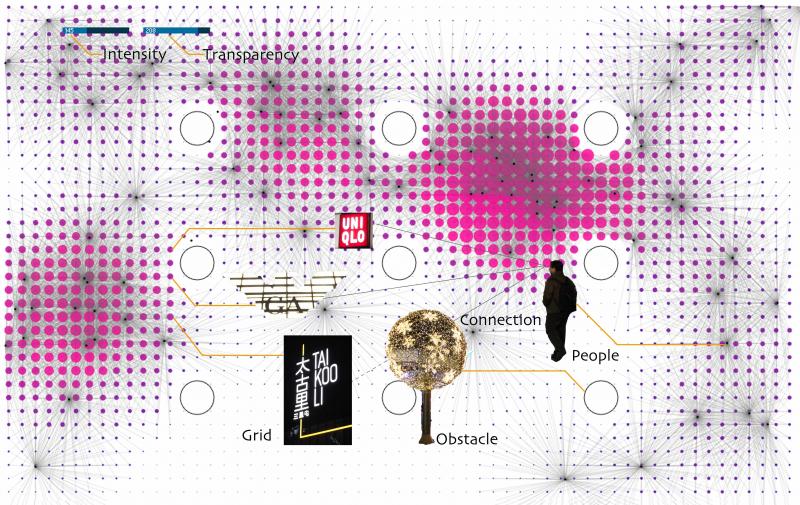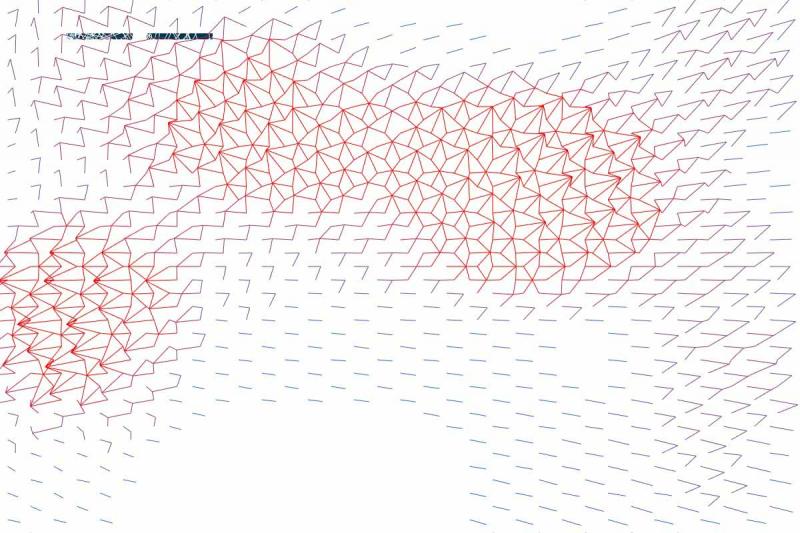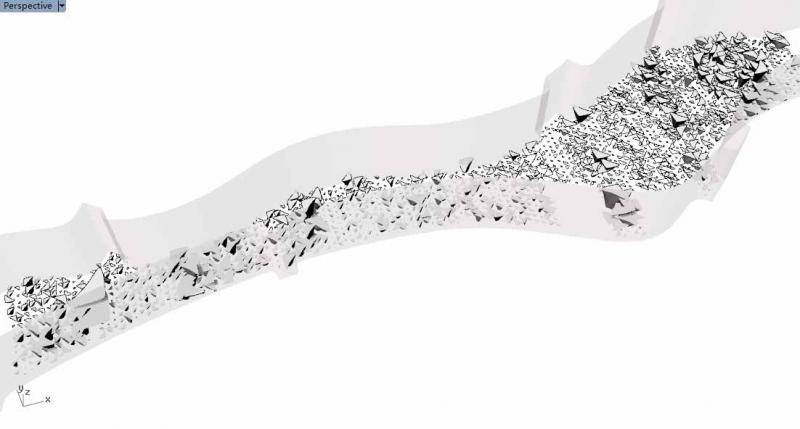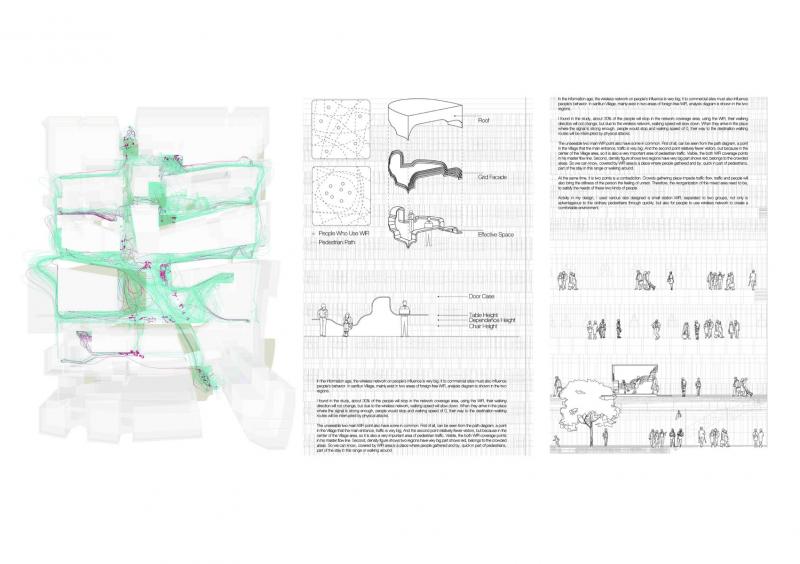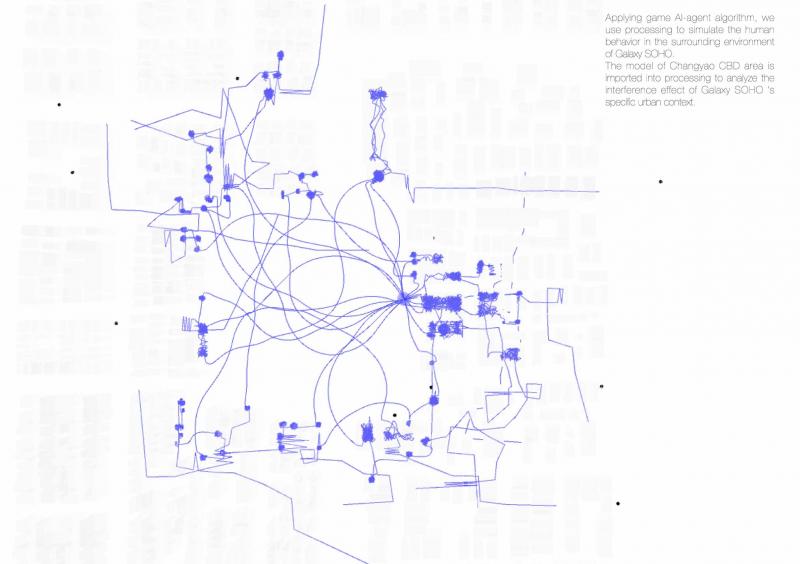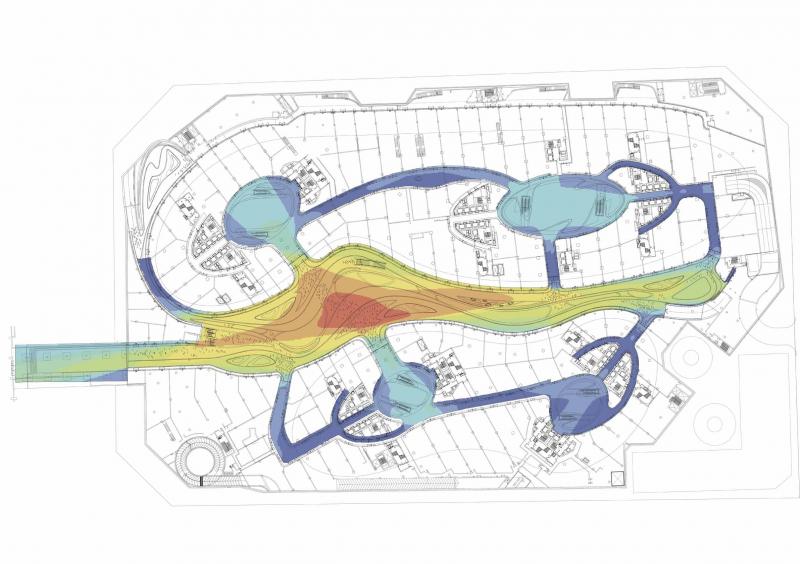The Big Symbol, Tsinghua Architectural Design & Research Institute, Beijing
Metaphor is the basic principle of the Chinese characters, so to many other forms of cultural reflections including architecture. The Bird Nest (the BJ 2008 Olympic Stadium) is one of the most well-known architectural symbols in Beijing. A “successful” architecture in China always embodies a widely-recognized symbolic image for Chinese people. However, Bird Nest is becoming a hollow symbol in the post-Olympic era when it becomes a tour spot enjoying its annual profit from selling the tickets which overruns its incredible maintenance cost (approx.15million GBP a year). The big empty icon is mutating from its original meaning as a national stadium to a fun zone. It is the outlook (the result of 10 times steels as the normal usages under the stringent building regulations of earthquake resistance) that remains the fulfillment of the symbolic function for the national pride.
This year, the agenda is to renovate Bird Nest through experimenting new ideas and techniques under the theme of Chinese symbolism. We will test the semiotics theories with the Chinese aesthetic philosophy to engineer the ornamentation and space in the Bird Nest so that it will be experienced as a rich and engaging symbol.
We will address the following issues:
1. What are the values of symbolism? Can it be a productive force for a new kind of formation process?
2. Architectural ornamentation can be read as formulated aesthetic recipes defining styles which makes architects different from engineers, planners and developers. What if ornamentation is the necessary function in architecture? What about the scale and structure of ornamentation? Bird nest showcases that the structure and the functions are integrated into a giant urban ornamentation.
3. What kind of artifacts we could create if the focus shifts from typologies (i.e. shape and scale) to topologies (i.e. order and transformation) when we functionalise ornamentation or ornamentalise functions?

